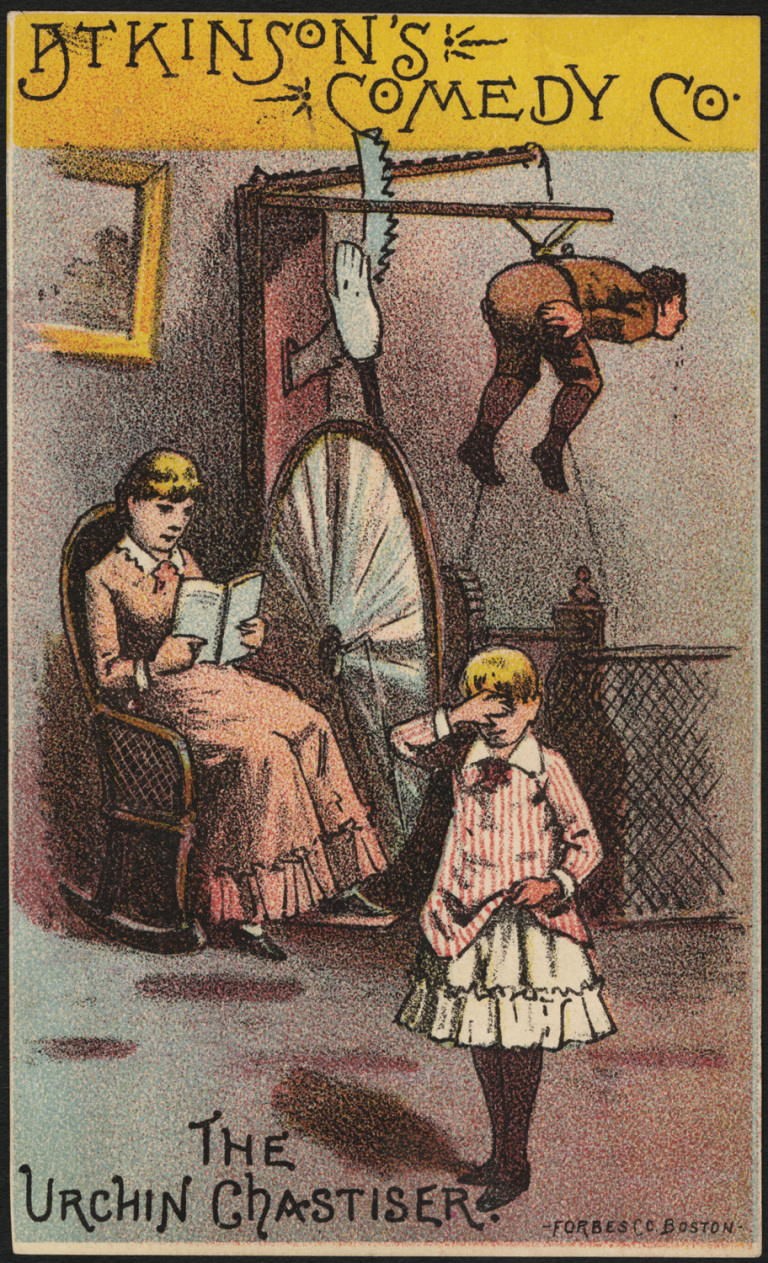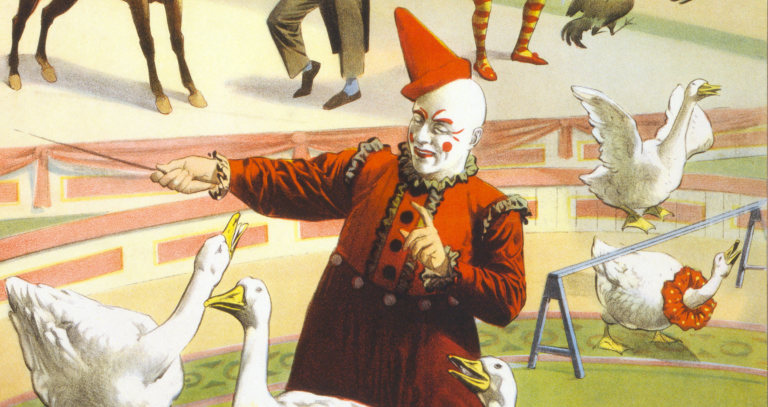Times change and so do people. Progress is a great thing, but it's all for naught if we don't look back and reflect. While we're doing so, we may as well have some laughs. Let’s check out some of the dark and funny things about the 19th century!
Mocking social norms with cartoons
The way people dressed and talked in the 19th century was quite different than today. However, similarly to our present times, some people took the trends too far and earned mockery from the artists of the day:


Wikimedia / Martin Poulter
This cartoon makes fun of the extreme use of corsets back then. Some women pulled their laces so tight that they sometimes fainted. In extreme cases, life-long use of a corset can create a phenomenon known as tightlacing. It leads to the organs getting moved around in the torso, which can cause a wide variety of complications – from experiencing difficulty breathing to digestive and even heart problems.
Tough love or just tough? Children discipline
The attitudes towards children were also quite different, with many 19th century people firmly believing that sparing the rod meant spoiling the child. This led to some lighthearted fun at the expense of child abuse:


Flirck / Boston Public Library
It’s funny to note that this also pokes fun at the 19th-century obsession with mechanical solutions to everyday problems. It was a time of great innovation, perhaps one of the greatest prior to the Internet revolution.
Modern comedy and sharp wit
The 19th century had its fair share of sharp wits and savage comments. Here are some of our favorites:
“
Trust everybody, but cut the cards.
Finley Peter Dunne
“
A man is never more truthful than when he acknowledges himself a liar.
Mark Twain
“
Coffee is a beverage that puts one to sleep when not drank.
Alphonse Allais
Quotes like that were certainly influential in today’s standup routines. Even though many of them are preserved in prints, public speaking events were quite common in the 19th century. In the age before television, people wanted to hear their heroes speak in real life. Mark Twain was known for his hilarious public speaking events. Interestingly enough, he mostly spoke in a slow, low voice and told long stories. But he never failed to draw in a crowd, and even conducted a world tour.
Clowns – the birth of the death of comedy?


Wikimedia / Library of Congress
Clowns are getting a bad rap today, to the point where they are mostly known as criminal supervillains like the Joker or shapeshifting aliens like Pennywise from the adaptations of Stephen King’s It. But the clowns used to be quite popular. The 19th century was the golden age of the circus. With the mobility of the modern age allowing circuses to travel along with decors, exotic animals and skilled entertainers.
That's when the clown also came into his own. The first clowns were based around the concept of a village idiot who behaved stupidly. The white face, the red nose, and the ill-fitting clothes were first to mean to illustrate the stereotype of a drunk. That was quite funny for the more rural-oriented life of the 19th century.
This article may appear in some platforms with a collage cover photo with photos from Wikimedia and Boston Public Library.
More History

What is it to be a medieval executor for a day?
A real-life story from old times.
